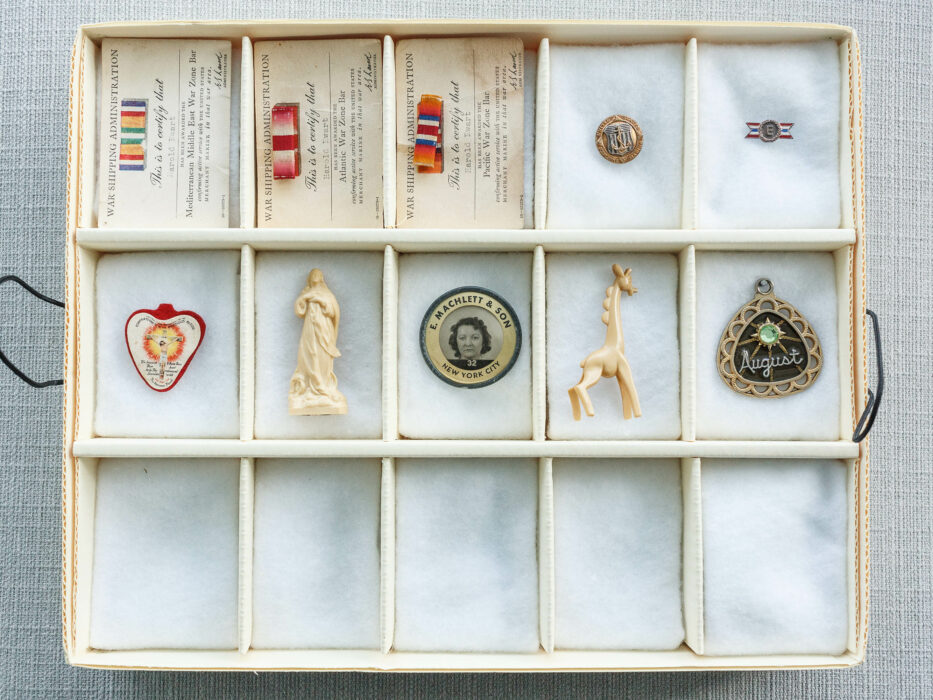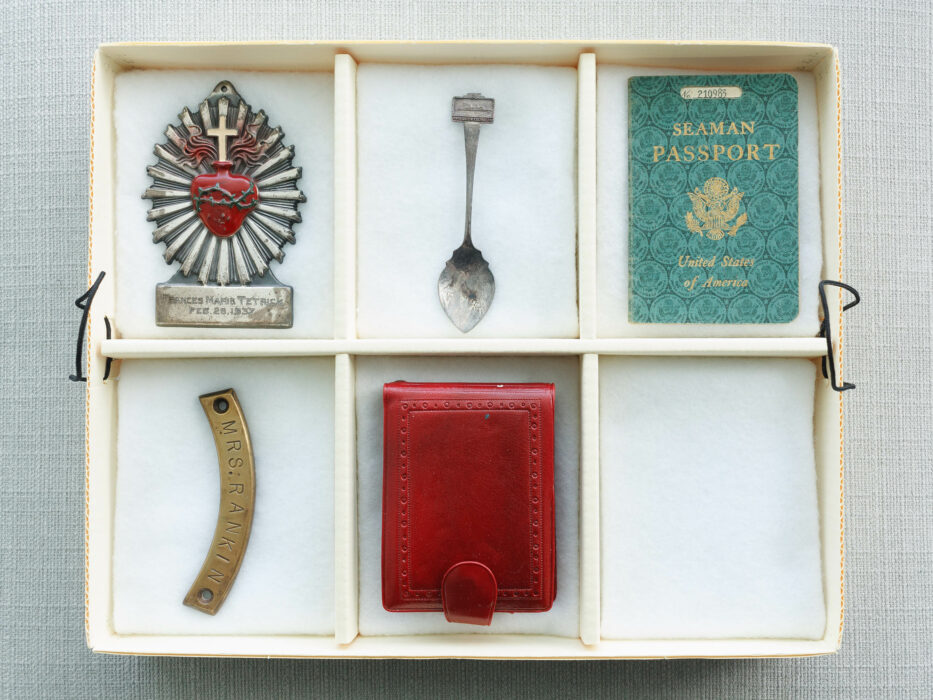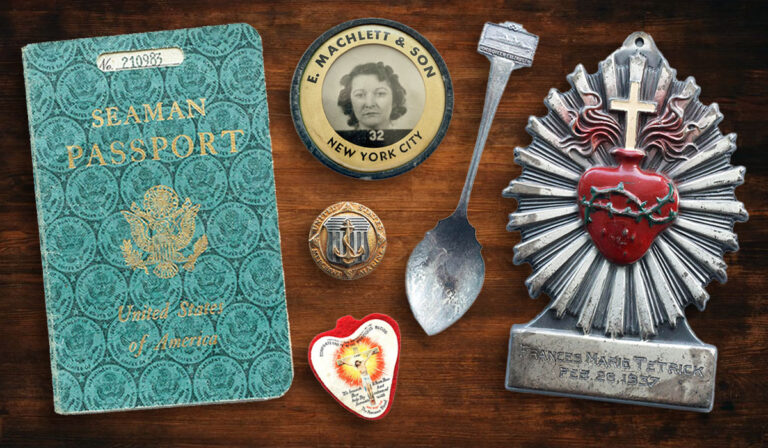A few years ago, my mother entrusted me with our family heirlooms. It included documents, photos, and various artifacts such as my grandfather’s military medals, his seaman’s passport, and my grandmother’s work badge.
At the time, I wasn’t sure what to do with them or the best way to preserve them. I took on this significant undertaking with the future in mind. Recognizing the importance of safeguarding our family’s history for generations to come, I dedicated myself to preserving not just the artifacts but the stories they carry.
Over the years I’ve learned some lessons and even wrote an article last year on the damage that can happen when heirlooms are not properly taken care of. Preservation techniques differ based on the medium but protecting them from light, water, humidity and pests is common to all. As I saw it, I had three preservation projects – documents, photos and artifacts.
Over time, most materials, including paper, photos, metals and textiles deteriorate. Protecting our heirlooms from light and humidity would be the first step, but the last thing I wanted was to shove them into a closet only for them to be forgotten. I knew from previous experience that I couldn’t leave them out on a shelf or display case as sunlight would do its damage. I wanted to find a way to preserve them but also make them accessible and easy to display or share with family members.
Navigating the Archiving Process
While preserving our family documents and photos will likely take years due to their volume, I made some progress on archiving our family artifacts. It’s the smallest collection, 15 objects of varying sizes from my mothers side of the family. Typically the first step is deciding what to keep and what not to keep, but in this case my mother already made those decisions when she handed them down to me.
After watching a host of videos, reading books and online articles regarding preservation techniques, I was ready to buy supplies. Or at least I thought I was. Finding the right boxes, trays, and/or dividers took several attempts. Finally, I found the right combination. I purchased the Hollinger SafeCare Artifact Storage System. This is essentially an acid-free, corrugated storage box and lid that allows a selection of mix-and-match interior trays. I purchased the box, two interior trays, additive-free polyester batting, and archival-quality gloves for handling the artifacts. Each tray has loops on each side allowing for easy removal and viewing.

Most of the items were in fairly good condition, with the exception of my grandmother’s work badge which faded from the sun; my grandfather’s Merchant Marine service ribbons which were deteriorating; and a tarnished souvenir spoon owned by my great-uncle. All these items had to be handled with care. I could have cleaned the electro-plated nickel silver spoon but decided against it, fearing damage to the thin layer of silver.
The next step was photographing each tray of items and each artifact in the collection. This is not only essential in case of future loss or damage but also helps with cataloging the collection.


The final step was to identify and label each artifact in the collection. This particular collection is not suitable for affixing a label directly to every item, so I inserted a piece of paper into the box to identify each one. I used a technique similar to what small archives use, including a unique item number, name, description, provenance, and a small image to identify it.

Passing the Torch: Deciding the Future of My Family Heirlooms
The collection of items is now kept in a cool, dark, dry place, away from harmful elements that contribute to deterioration. It can be easily taken out and displayed to the family. By the time I finish preserving family documents and photos, I should have a small museum collection at home. Last but not least, I have to figure out who will handle all of this after I am gone and to continue the work I started. Hopefully, the family heirlooms I worked so hard to preserve will be passed on to future generations to enjoy. Do we have any takers?
Stay tuned for more insights into protecting and cherishing family keepsakes in future posts.

